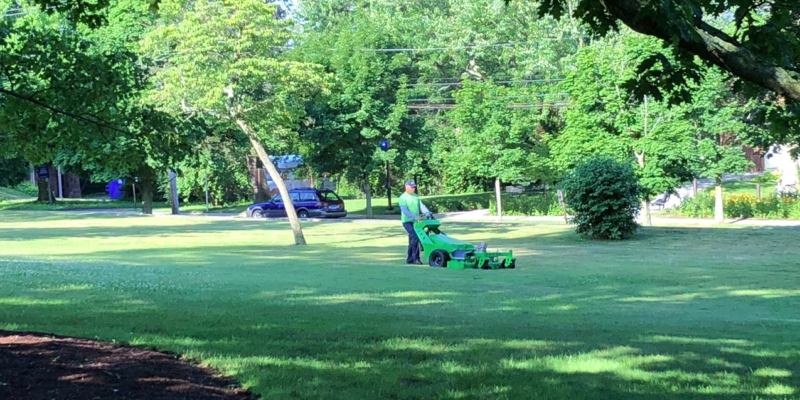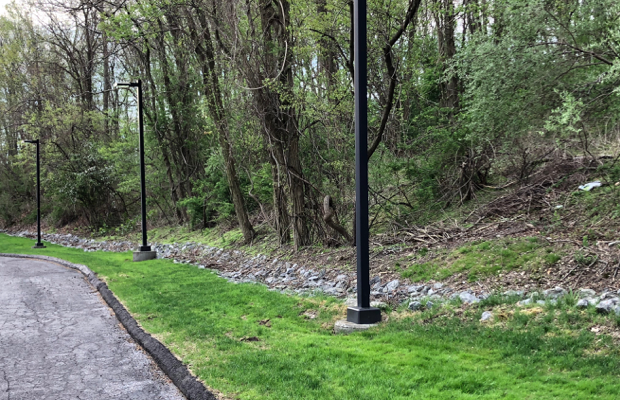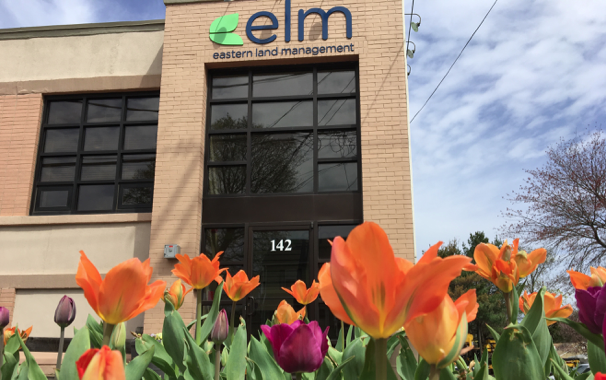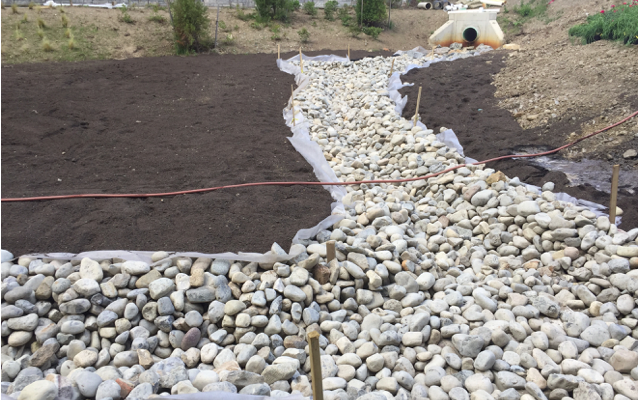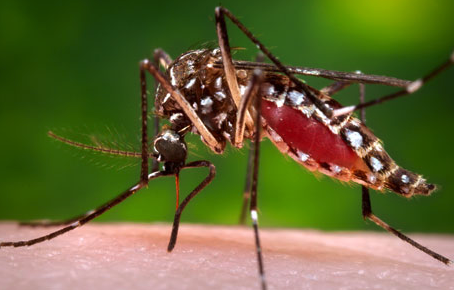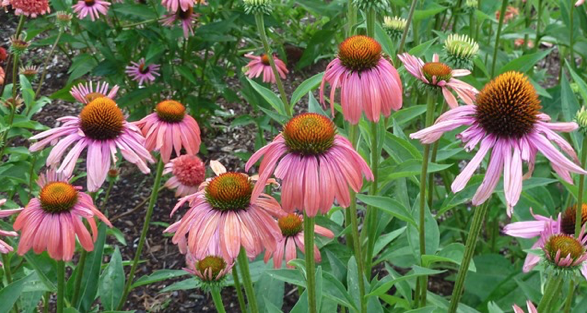ELM recently launched its alternative fuels and advanced engine technology program as an effective way to improve air quality and support commercial property LEED® initiatives.
To support the firm’s fuel forward goals, ELM is working with Mean Green Mowers and Green Works Commercial Equipment on an energy action plan that includes growing its fleet of electric mowers and trimmers.
Beyond the initial focus of reducing environmental impacts on commercial landscapes, ELM is promoting innovation in green performance and value improvements that support higher standards in leaner service cycles, while providing real estate clients with the right information to drive sustainable decisions and make their properties more competitive and attractive for tenants.
- Embracing automation: ELM is working with its suppliers to test and deploy next generation robotic mowers, and use renewable energy and alternative fuels to reduce cost, maintenance and emissions; apply GPS and mobile time tracking software, customer relationship management software, digital communications and reporting tools, to improve performance, and underscore ELM’s sense of responsibility to run a leaner and cleaner operation.
- Accelerating turn-around. The speed at which ELM can roll out new greener services and technology improves its ability to scale up. ELM is committed to forecasting client needs and investing in proactive team training and tools to improve bottom line goals.
- Optimizing data for continuous improvement. ELM captures data from benchmarking studies, customer surveys, and process improvements to shape its ability to be faster, more flexible and a more client-centered service company.
- Increasing efficiencies to become more competitive, cost-effective risk managers. Seasonal weather events, such as hurricanes, blizzards and droughts, drive ELM’s proactive commitment to safety. Weather forecasting software, advanced training for snow/ice and emergency storm response keeps ELM on top of potential risk factors to prevent problems before they happen.
- Innovating water management to improve environmental concerns. ELM is coordinating with utility companies, manufacturers and conservation specialists to educate its clients about drought and resource management. ELM’s water management program delivers on tight budgets to repair deteriorating irrigation systems and improve conservation metrics with cloud-based technologies designed to improve sustainability profiles, safeguard ground water quality, and reduce annual water costs.
For information on improving your green footprint, assessing the aesthetics of your facility’s open space, implementing sustainable approaches to irrigation, stormwater filtration, or creating a stronger continuity of pedestrian-friendly common areas, contact Vice President, Operations, Bruce Moore, Jr. at 203-316-5433.

